| Specs at a glance: Lenovo ThinkPad Z13 Gen 1 | |
|---|---|
| Display | 13.3-inch 1920×1200 touchscreen (170 PPI) |
| OS | Windows 11 Home |
| CPU | AMD Ryzen 7 Pro 6850U (eight cores) |
| RAM | 16GB LPDDR5 6400 (soldered) |
| GPU | AMD Radeon 680M |
| Storage | 512GB NVMe SSD |
| Networking | Wi-Fi 6E (802.11ax), Bluetooth 5.2 |
| Battery | 51.5 Wh |
| Ports | Two USB 4.0 Type-C |
| Size | 7.86 x 11.59 x 0.55 inches (200 x 295 x 13.99 mm) |
| Weight | 2.78 lbs (1.26 kg) |
| Warranty | 1-year |
| Price as reviewed | $1,852 |
From the basic, boring E-series to the premium X-series , Lenovo's ThinkPads rarely surprise you with their designs. By and large, they are intentionally unremarkable, with straightforward (and sometimes boxy) frames and unassuming black finishes.
So when Lenovo departs from this basic template, as it has for the new ThinkPad Z13 Gen 1 , it's worth talking about. The Z13 is recognizable as a ThinkPad, but it has eccentric flourishes like brushed gold accents and a vegan leather lid. There's also a less-flashy gray aluminum version, if a business laptop with gold accents and vegan leather feels less "stylish" and more "dad's midlife crisis" to you.
Hands-down the most impressive thing about the Z13 is its Ryzen 6000 CPU and integrated Radeon GPU. I began testing the Z13 at around the same time as I was being underwhelmed by the 12th-generation Intel processors in the Framework Laptop and Lenovo's own X1 Carbon Gen 10, and the Ryzen CPU is just better than Intel's by just about any conceivable metric. But my reaction to the laptop that has been built around this chip is more reserved.
Look and feel
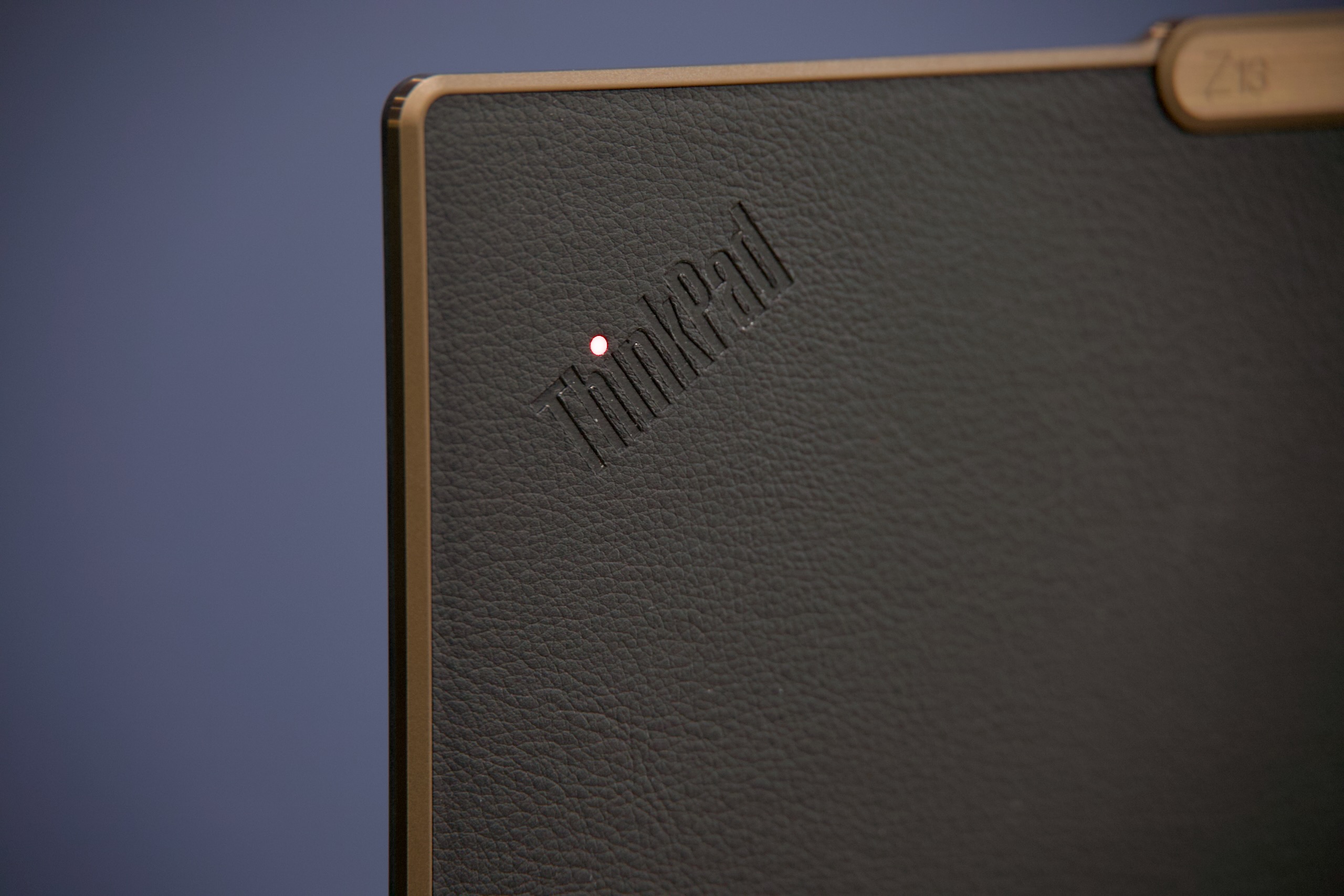
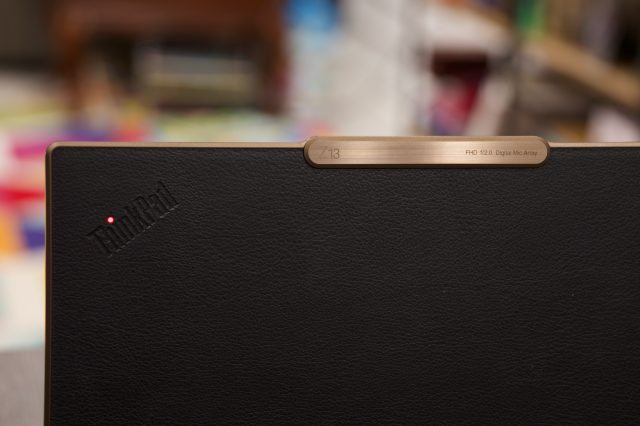
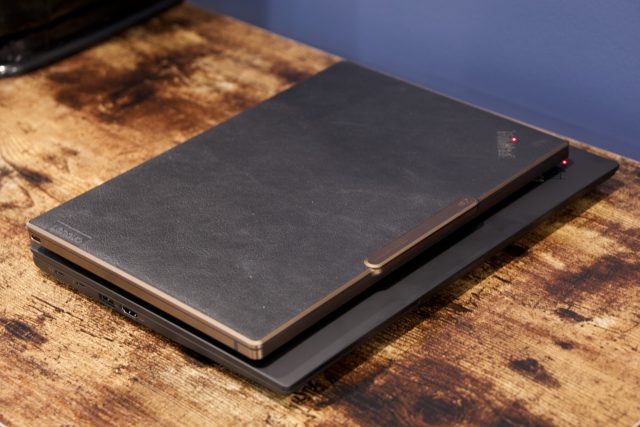
The Z13 is less dogmatically ThinkPad-y than something like the X1 Carbon , and that starts with the materials. The recycled aluminum palm rest and bottom of our review model are familiar enough, but they lack the soft-touch coating that the Carbon has—on balance, I don't mind this because the Z13 isn't nearly as much of a fingerprint magnet as the Carbon is. The bronze-y highlights and faux-leather lid feel more like something you'd find in an HP laptop . But neither looks or feels bad, and the soft leather material didn't scratch or scuff as easily as I was worried it would (at least in the short term).
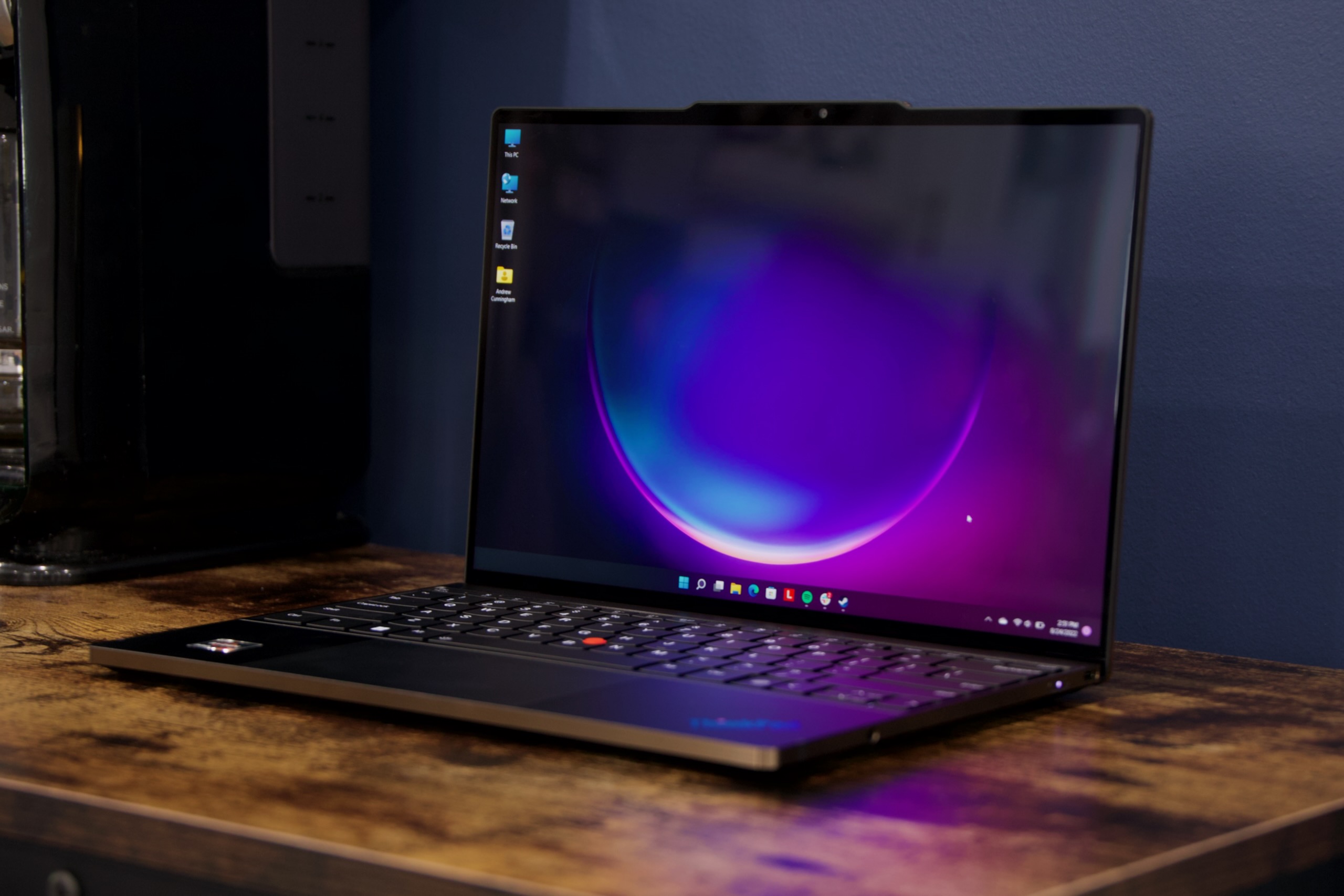
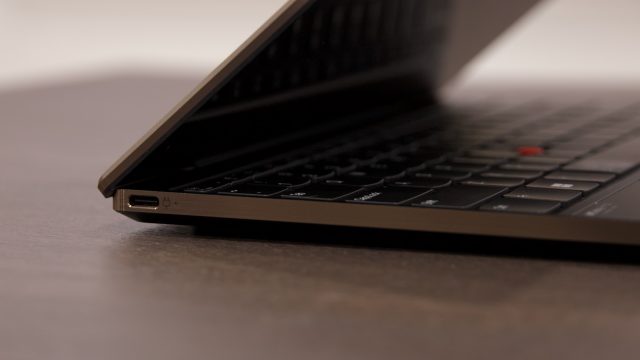
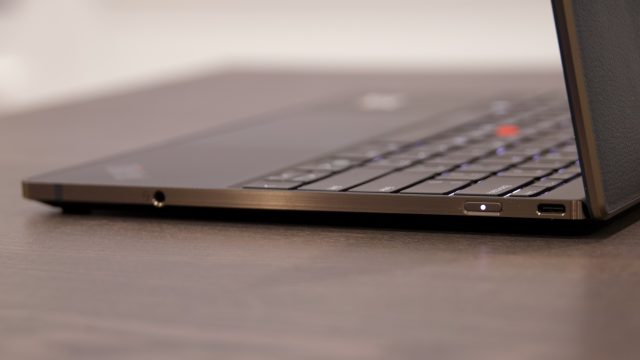
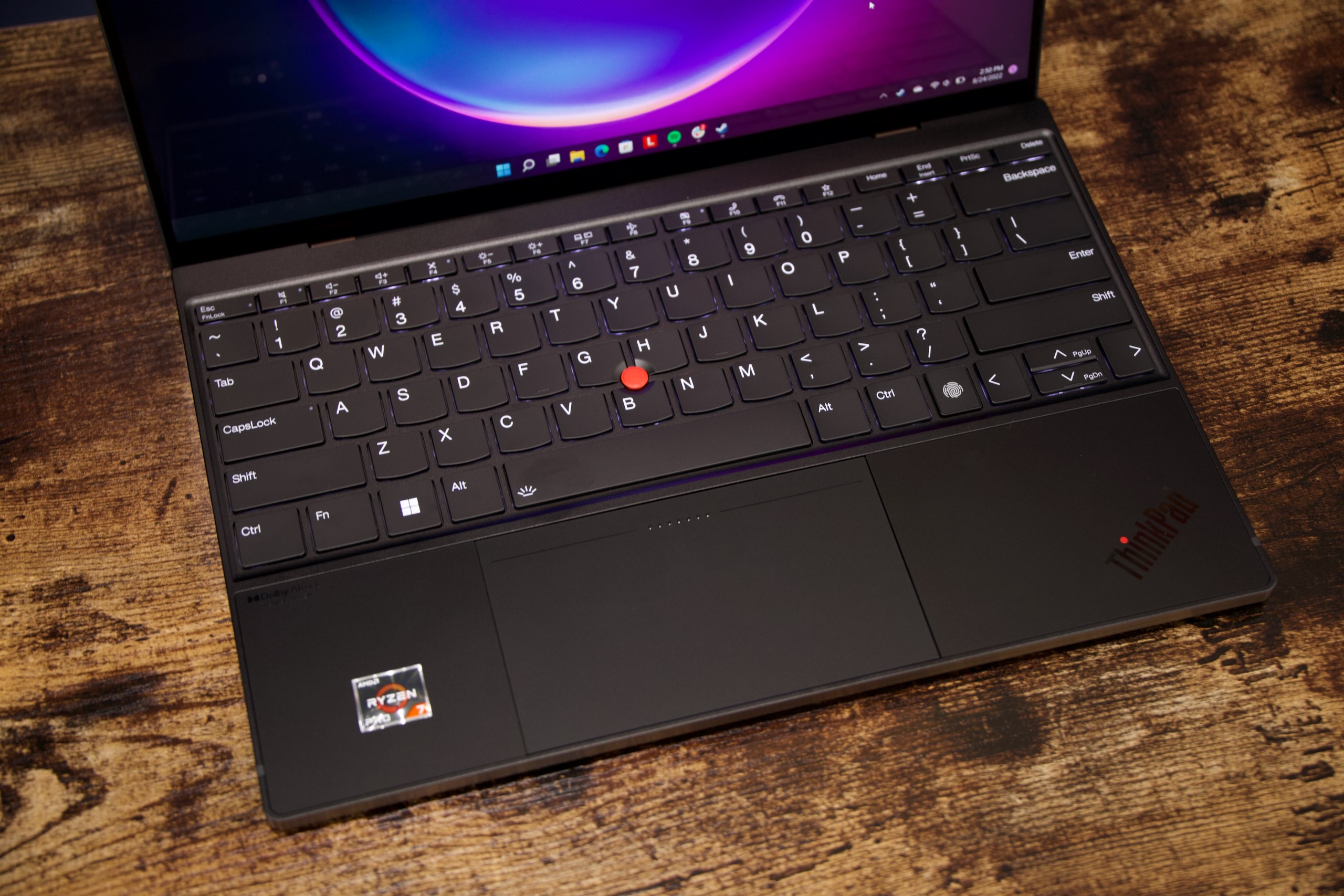
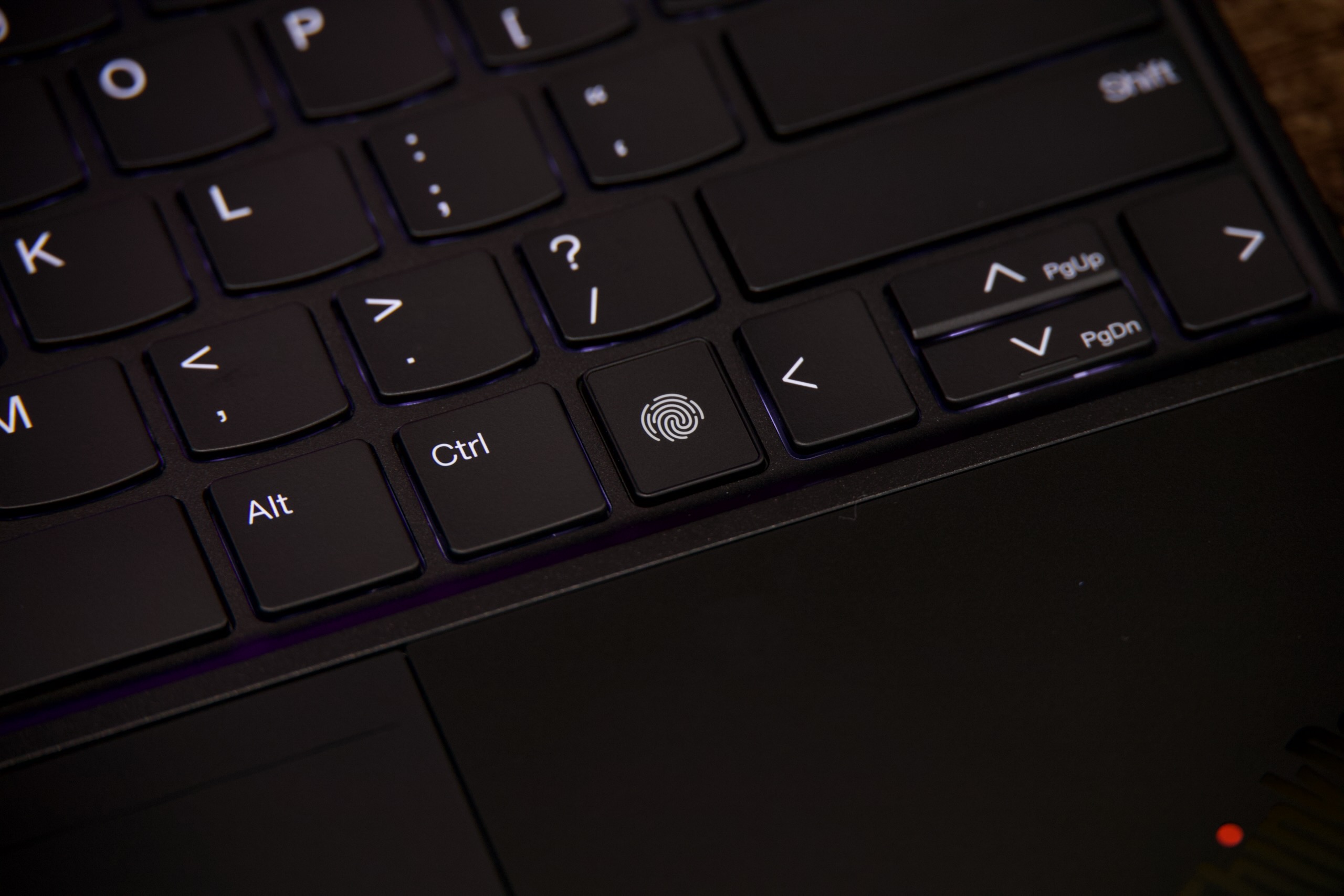
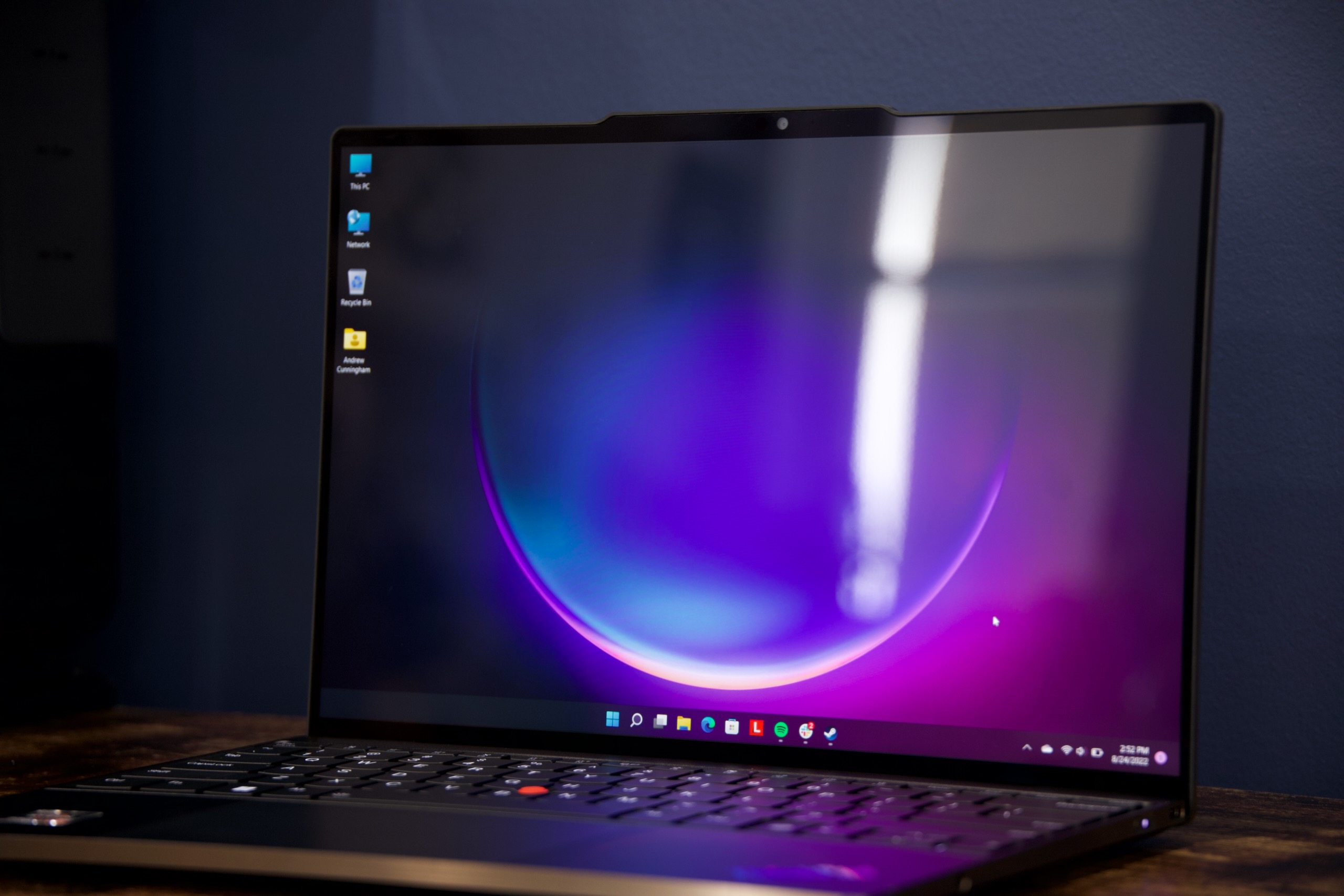

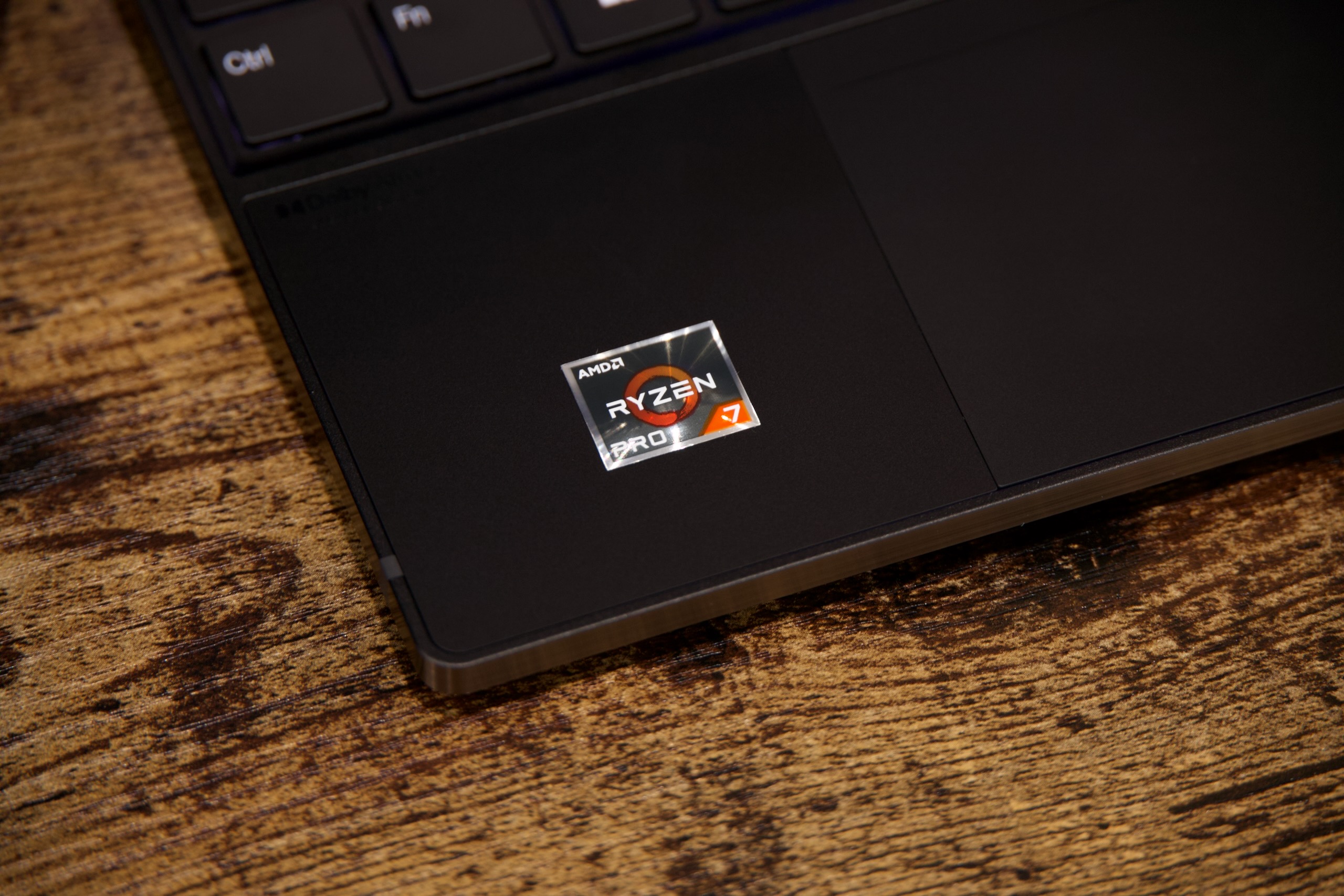
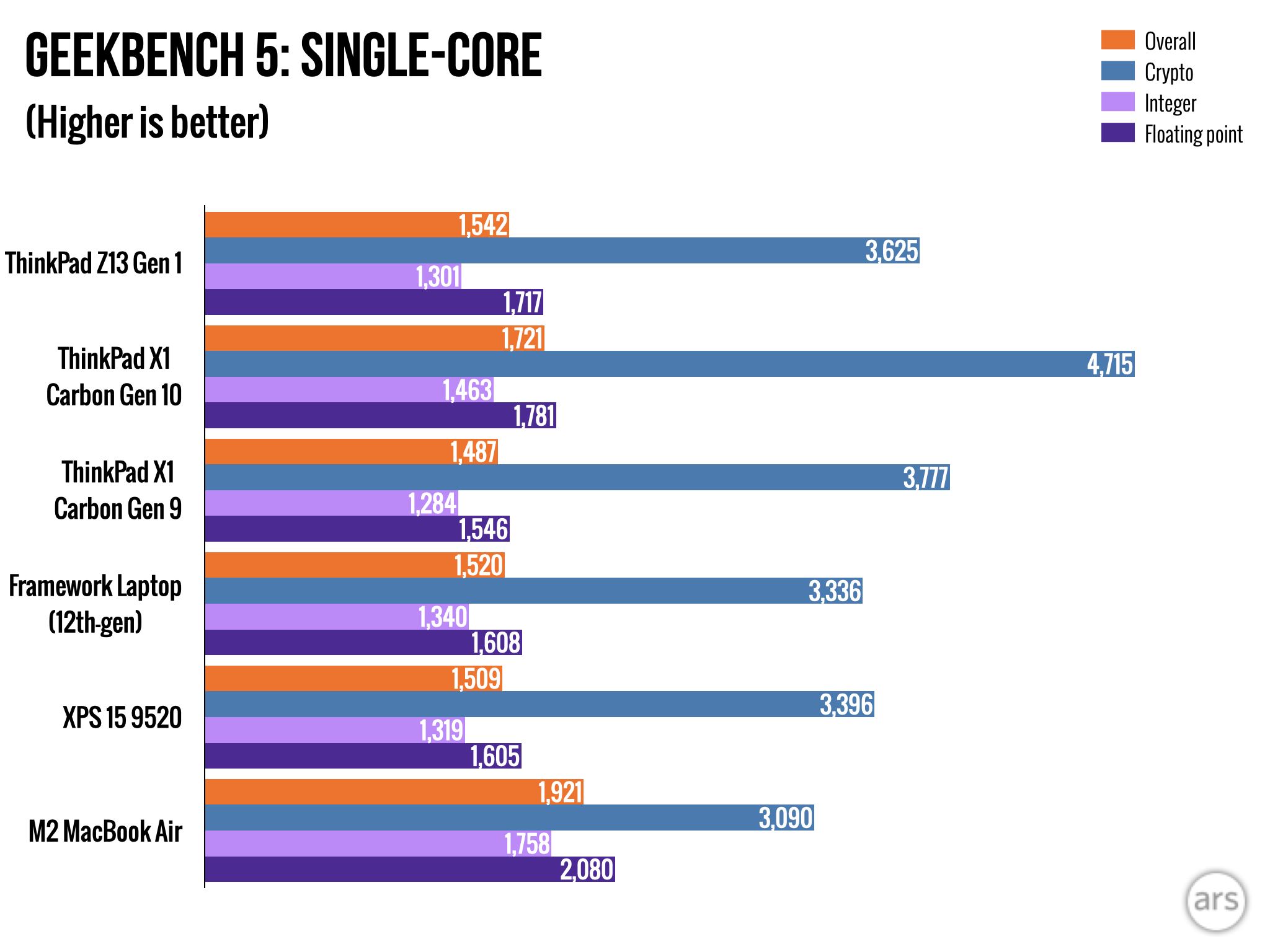
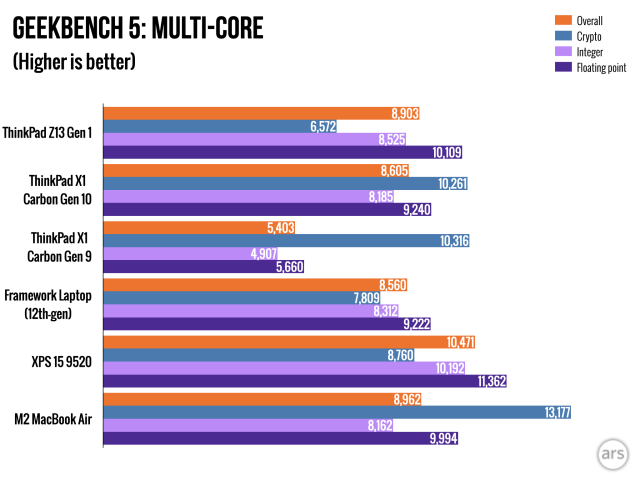
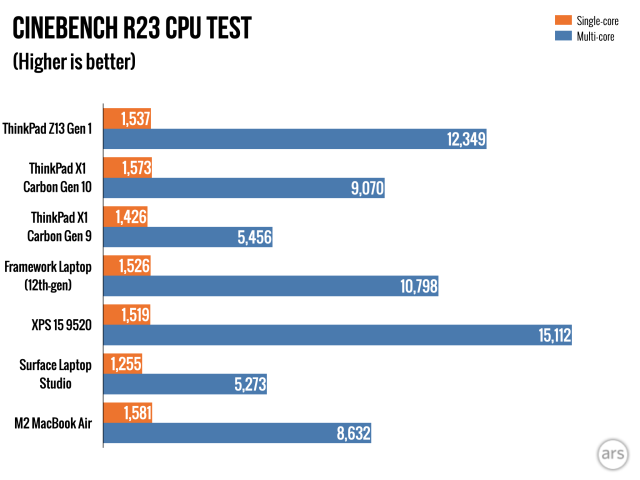
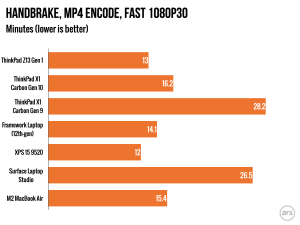
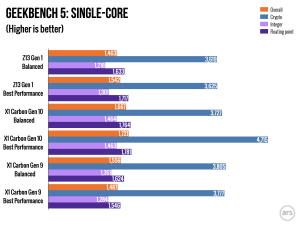
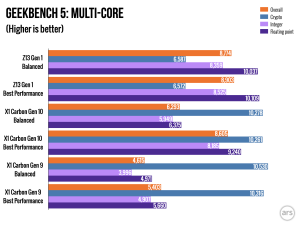
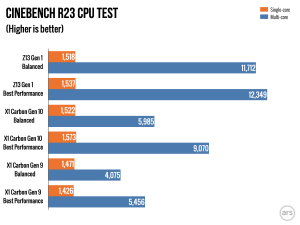
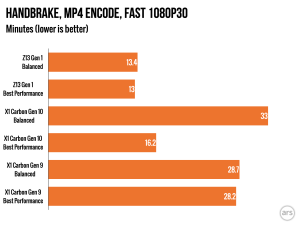
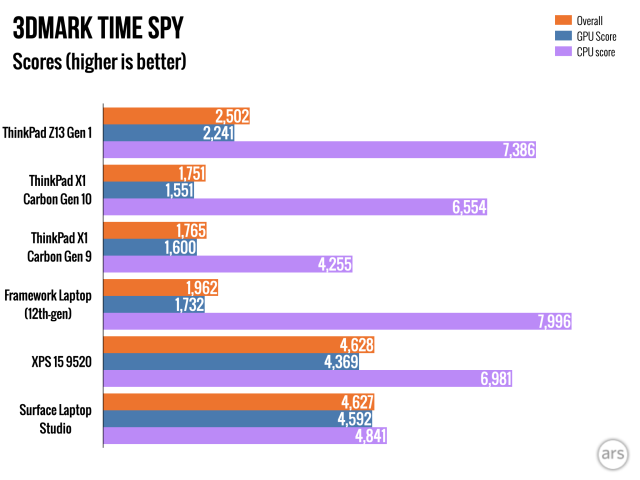
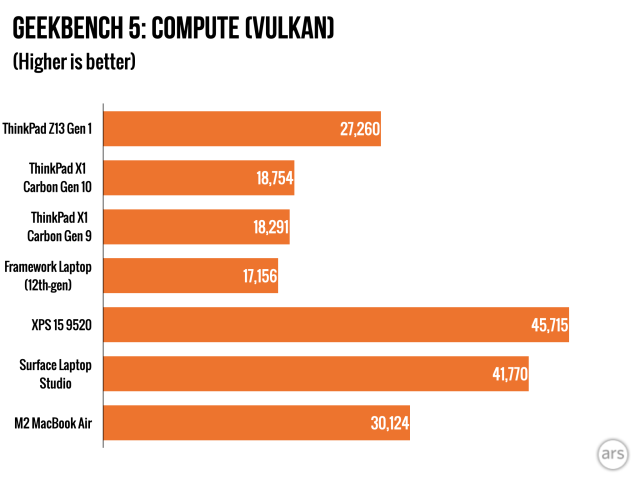
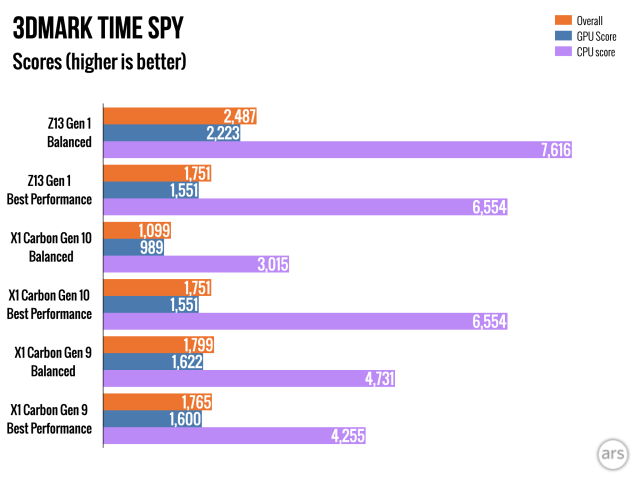
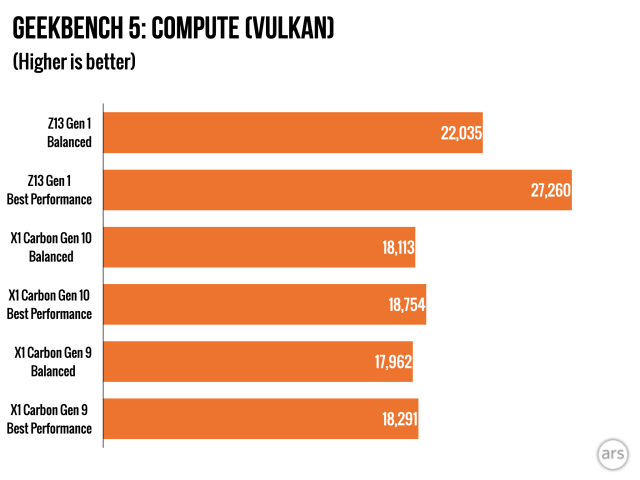
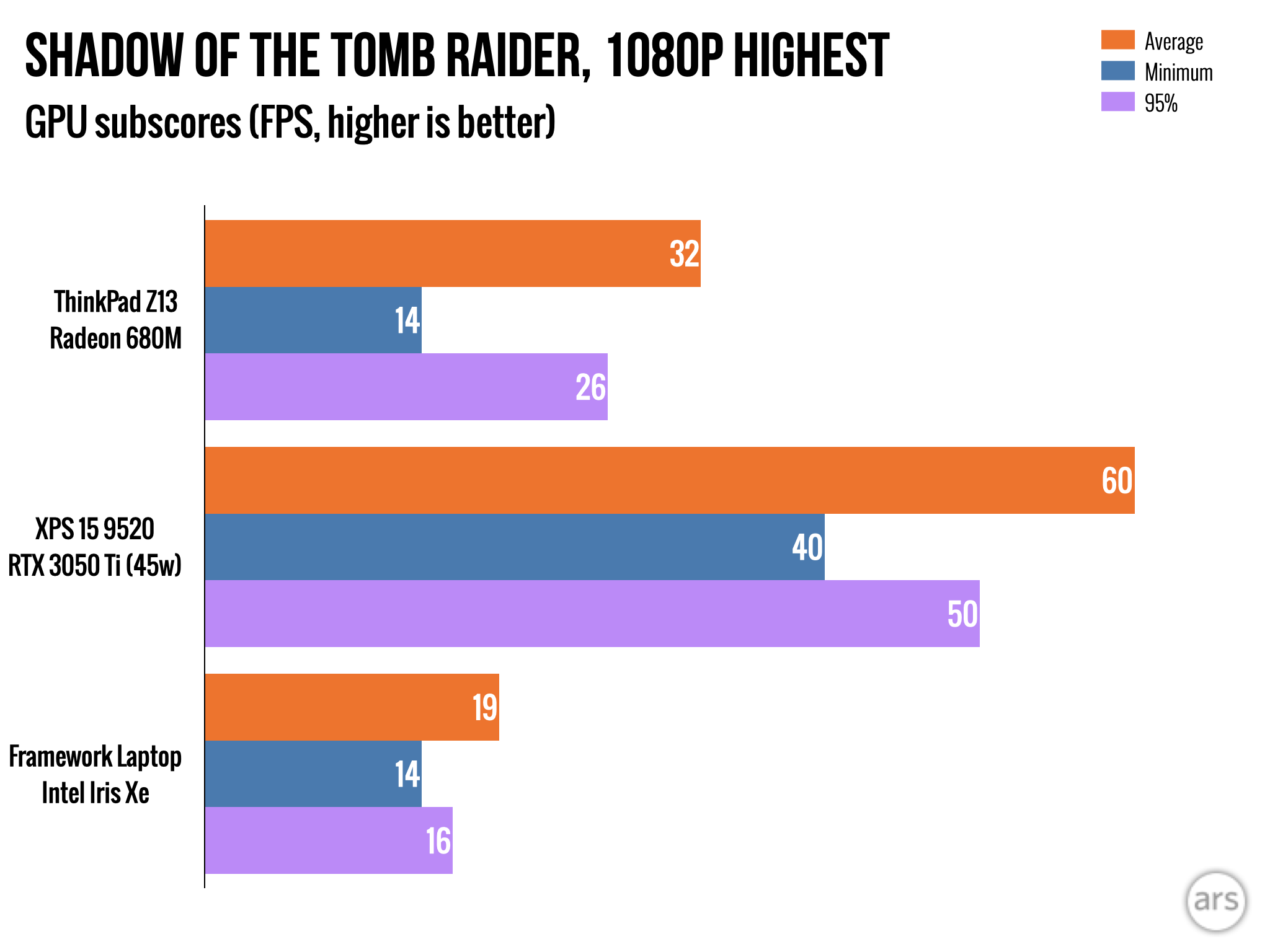

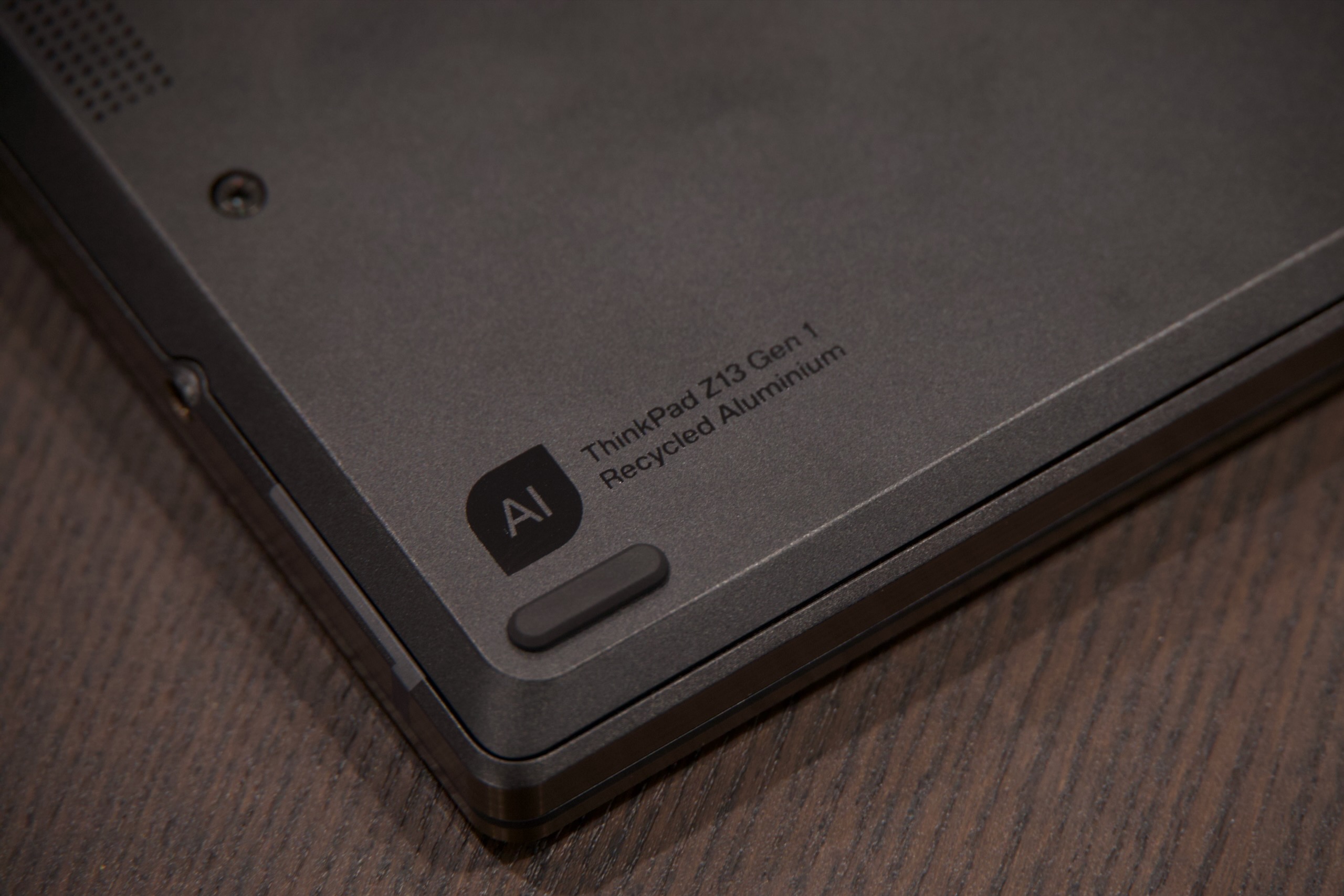

 Loading comments...
Loading comments...
